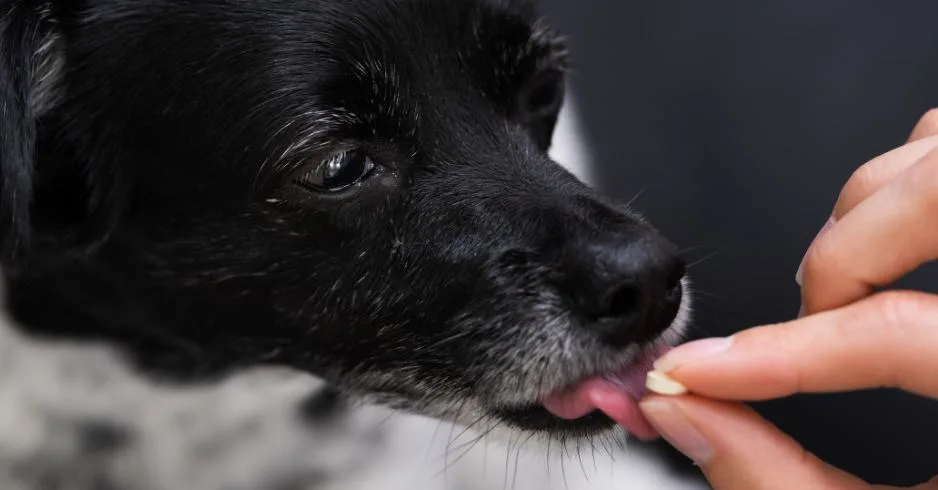Atopic Dermatitis: Diphenhydramine vs Cetirizine
Christina Monika Gentry, DVM, DACVD, Texas A&M University

In the Literature
Banovic F, Denley T, Blubaugh A, Scheibe I, Lemo N, Papich MG. Effect of diphenhydramine and cetirizine on immediate and late-phase cutaneous allergic reactions in healthy dogs: a randomized, double-blinded crossover study. Vet Dermatol. 2020;31(4):256-e58.
The Research …
Type 1 antihistamines (H1 antihistamines) bind to histamine receptors in mast cells and endothelium. Medications in this group include diphenhydramine, cetirizine, hydroxyzine, fexofenadine, and loratadine. H1 antihistamines have been used in veterinary medicine for the prevention and treatment of hives, allergic rhinitis, allergic conjunctivitis, angioedema, and atopic dermatitis. Oral absorption of diphenhydramine in dogs is poor, with <10% systemic availability.1 In a study, there was no reduction in histamine-induced wheals in dogs at plasma levels that would be clinically helpful in humans.2
This double-blind crossover study investigated the effects of diphenhydramine and cetirizine on immediate and late-phase cutaneous reactions in 12 healthy laboratory beagles. Antihistamines were administered at previously recommended dosages for allergic dermatitis: 2.2 mg/kg and 2 mg/kg PO twice daily for diphenhydramine and cetirizine, respectively, for 6 days with a 2-week washout period. Histamine, compound 40/80 (positive control), and saline (negative control) were injected intradermally in the right thorax 10 days prior to drug administration as a baseline, then again on day 6, then 10 days after final drug administration.
Both immediate (20 minutes after testing) and late-phase (6 hours after testing) scores were recorded. No significant differences in wheal scores were identified between baseline and diphenhydramine administration after twice-daily administration. There was a significant decrease in wheal scores between baseline and cetirizine at both time points after twice-daily administration and no significant decrease during the return to baseline test 10 days after the last dose of cetirizine. This suggested that cetirizine (2 mg/kg PO every 12 hours) is more likely to prevent and treat cutaneous allergic reactions as compared with PO diphenhydramine.
… The Takeaways
Key pearls to put into practice:
Antihistamines have variable efficacy in the prevention and control of atopic dermatitis. Based on their mechanism of action, H1 antihistamines are only recommended as a preventive for atopic dermatitis and are unlikely to be beneficial as the sole treatment of an acute flare or chronic stages of atopic dermatitis.
Hydroxyzine is rapidly metabolized to cetirizine in dogs.2 At 2 mg/kg every 12 hours, 50-mg hydroxyzine tablets/capsules may provide an easier and potentially more cost-effective option for larger dogs as compared with 10-mg cetirizine tablets.
Antihistamines and steroids should be withdrawn prior to intradermal allergy testing. Current minimum withdrawal recommendations include antihistamine administration for 1 week, oral and topical steroid administration for 2 weeks, and injectable steroid administration for 1 month.3 These recommendations may vary based on dosages and duration of use. Most dermatologists do not require modified cyclosporine, oclacitinib, or lokivetmab to be withdrawn prior to intradermal allergy testing.
You are reading 2-Minute Takeaways, a research summary resource presented by Clinician’s Brief. Clinician’s Brief does not conduct primary research.